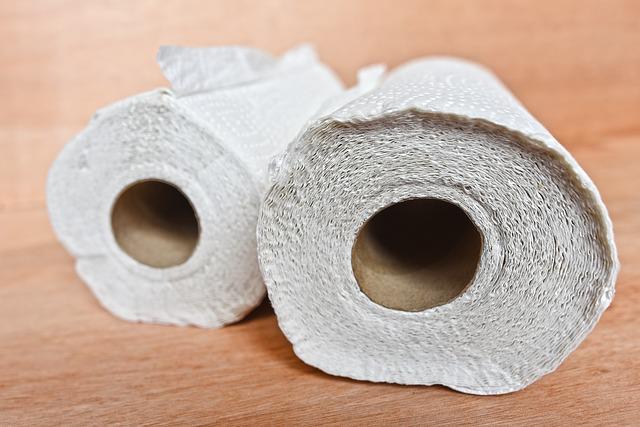If you’re a new leopard gecko owner, you may be wondering if you can use paper towels for your gecko. The answer is yes and no. In this blog post, we will discuss the pros and cons of using paper towels for your leopard gecko. We will also provide some tips on how to properly clean your leopard gecko’s habitat using paper towels.
Yes, you can use paper towels for your leopard gecko
Leopard gecko owners often ask whether paper towels are a safe substrate for their pets.
The answer is yes! Paper towels are unlikely to cause any problems for your leopard gecko, and they have a number of advantages over other substrates.
For example, paper towels are absorbent, so they can help to keep the habitat clean and dry. They are also very cheap and easy to find.
In addition, paper towels are easier to remove than some other substrates, making them ideal for temporary homes or quarantines.
However, there are a few things to keep in mind when using paper towels as a substrate for your leopard gecko.
- First, make sure that the paper towels you use are unscented and unbleached.
- Second, avoid using products that contain chemicals or dyes.
- Finally, be sure to change the paper towels regularly to prevent mold or bacteria growth.
Overall, paper towels are a perfectly safe and convenient option for your leopard gecko.
Paper towels make great substrates for your leopard gecko’s enclosure
In captivity, leopard geckos require a substrate that will mimic their natural habitat as closely as possible. One substrate option that is often used for leopard geckos is paper towels.
Paper towels are absorbent, so they can help to keep the enclosure clean and dry. They are also inexpensive and easy to find, which makes them a great choice for beginner leopard gecko owners.
Paper towels also provide a firm surface for your leopard gecko to walk on, and they can be easily replaced when they become soiled.
Overall, paper towels make an excellent substrate for leopard gecko enclosures.
Be sure to change the paper towels often to keep your leopard gecko healthy and happy
A leopard gecko needs a hiding place to feel secure, a warm basking area to stay healthy, and a cool side of the tank to regulate its body temperature. Leopard geckos also need high-quality food and water.
You can provide your leopard gecko with all of these things, but if you don’t keep the paper towels clean, your leopard gecko will not be happy.
Paper towels absorb waste and moisture, and they can quickly become breeding grounds for bacteria.
To keep your leopard gecko healthy and happy, be sure to change the paper towels often.
Other substrates like sand or reptile carpet
One of the most important things to consider when setting up a leopard gecko habitat is the substrate. This is the material that lines the bottom of the enclosure and serves as a place for your gecko to burrow and hide. While there are many different substrates available on the market, not all of them are suitable for leopard geckos.
Here is a full list of all other substrates to use for Leopard Geckos:
1. Reptile carpet: This is a type of carpet made specifically for reptiles. It’s easy to clean and safe for leopard geckos, making it a great option for beginner pet owners.
2. Coconut fiber: Coconut fiber is often used as an alternative to the soil in reptile enclosures. It holds moisture well, which can be beneficial for leopard geckos that come from arid habitats.
3. Sand: Sand is another popular substrate choice for leopard geckos. However, it’s important to choose sand that is specifically designed for reptiles, as some types of sand can be harmful to your gecko.
Overall, there are a variety of substrates that can be used for leopard geckos. It’s important to do your research to find the substrate that best suits your pet’s needs.
Whichever substrate you choose, be sure to keep your leopard gecko’s enclosure clean
One of the most important aspects of leopard gecko care is choosing the right substrate.
This material will line the bottom of the enclosure and provide a place for your gecko to burrow and hide. Some popular substrate choices include sand, dirt, and various types of mulch.
While there are many options to choose from, it’s important to select a substrate that is safe for your gecko and easy to maintain.
Leopard geckos are prone to respiratory infections, so it’s important to avoid substrates that could cause dust or other irritants to be inhaled. In addition, leopard geckos like to eat their substrate, so choose a material that is non-toxic and won’t impact your gecko’s digestive system.
A clean enclosure is also essential for your leopard gecko’s health, so be sure to remove waste regularly and spot-clean as needed. By taking these simple steps, you can provide your leopard gecko with a safe and healthy environment.




